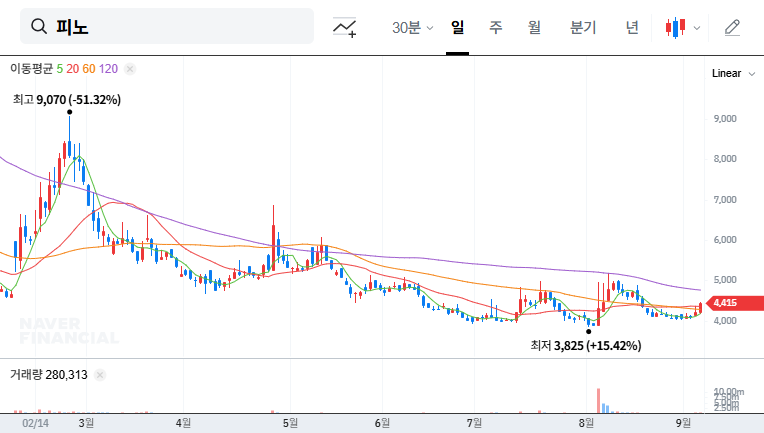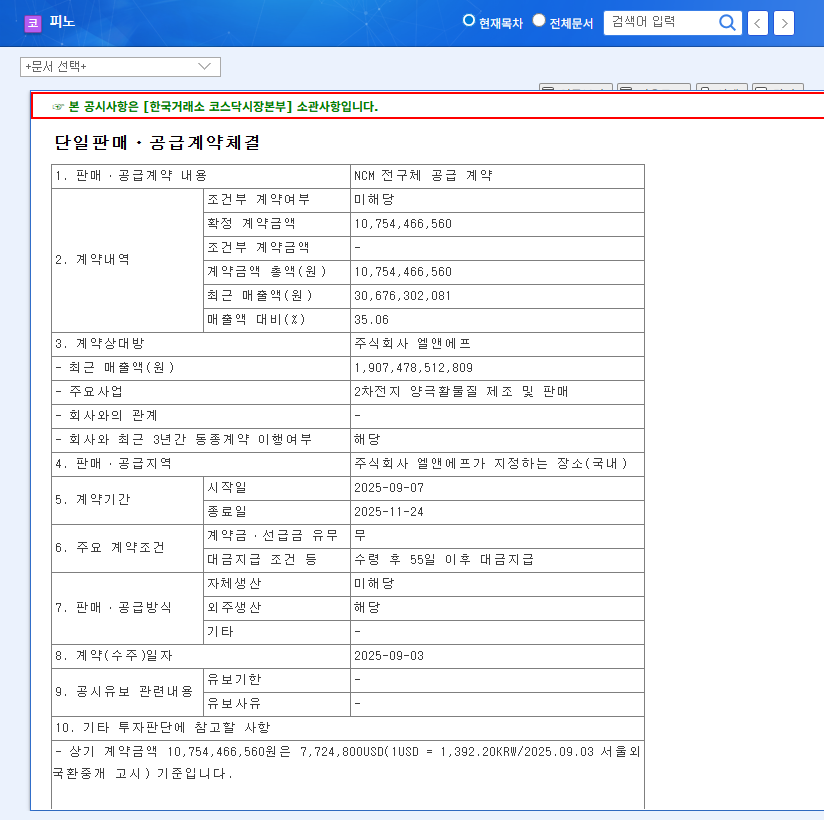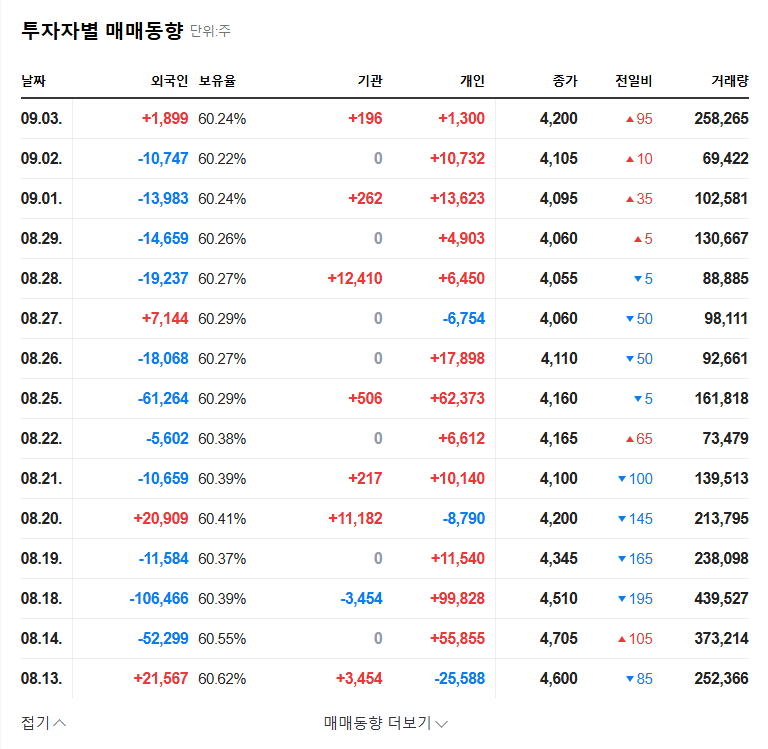
1. What Happened?
On September 25, 2025, Hankook Tire & Technology announced its ‘Value Enhancement Plan’ through a voluntary disclosure. This plan focuses on securing future growth drivers based on two main pillars: the continuous growth of the tire business and financial stability of Hanon Systems.
2. Why Does It Matter?
This plan is a crucial indicator of Hankook Tire & Technology’s future growth strategy. Capturing the expanding EV tire market, focusing on high-inch tires, and expanding shareholder returns offer important investment points for investors.
- Tire Business: Strengthening the ‘iON’ EV tire lineup and expanding high-inch tire sales to secure market competitiveness.
- Thermal Management Business: Establishing a sustainable growth foundation through securing the financial stability of Hanon Systems.
- Shareholder Return Expansion: Gradual expansion of shareholder returns to enhance shareholder value.
3. What’s the Expected Outcome?
With successful implementation of the plan, Hankook Tire & Technology is expected to secure a leading position in the EV tire market and strengthen the growth and profitability of its tire business. However, external factors such as global economic slowdown, raw material price volatility, and interest rate hikes could pose potential risks.
4. What Should Investors Do?
While positive momentum is expected in the short term, investors should carefully monitor the plan’s execution and market conditions from a mid-to-long-term perspective. Pay close attention to Hanon Systems’ performance improvement, risk management related to exchange rate and interest rate fluctuations, and efforts to strengthen ESG management.
Frequently Asked Questions
What are the key points of Hankook Tire’s value enhancement plan?
The key aspects are the growth and profitability enhancement of the tire business and securing the financial stability of Hanon Systems. Focusing on the EV tire market and expanding shareholder returns are key elements.
What should investors be aware of?
Investors should consider external factors like global economic slowdown, raw material price fluctuations, interest rate hikes, and the performance volatility of Hanon Systems.
What is Hankook Tire’s EV tire strategy?
Hankook Tire aims to establish a leading position in the EV tire market by strengthening its ‘iON’ EV tire lineup and investing in technology development.






















